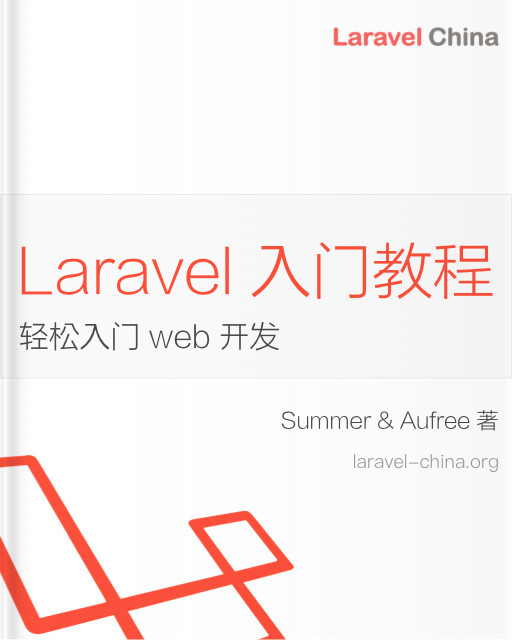懒加载
Livewire allows you to lazy load components that would otherwise slow down the initial page load.
For example, imagine you have a Revenue component which contains a slow database query in mount():
<?php
namespace App\Livewire;
use Livewire\Component;
use App\Models\Transaction;
class Revenue extends Component
{
public $amount;
public function mount()
{
// Slow database query...
$this->amount = Transaction::monthToDate()->sum('amount');
}
public function render()
{
return view('livewire.revenue');
}
}<div>
Revenue this month: {{ $amount }}
</div>Without lazy loading, this component would delay the loading of the entire page and make your entire application feel slow.
To enable lazy loading, you can pass the lazy parameter into the component:
<livewire:revenue lazy />Now, instead of loading the component right away, Livewire will skip this component, loading the page without it. Then, when the component is visible in the viewport, Livewire will make a network request to fully load this component on the page.
Rendering placeholder HTML
By default, Livewire will insert an empty <div></div> for your component before it is fully loaded. As the component will initially be invisible to users, it can be jarring when the component suddenly appears on the page.
To signal to your users that the component is being loaded, you can define a placeholder() method to render any kind of placeholder HTML you like, including loading spinners and skeleton placeholders:
<?php
namespace App\Livewire;
use Livewire\Component;
use App\Models\Transaction;
class Revenue extends Component
{
public $amount;
public function mount()
{
// Slow database query...
$this->amount = Transaction::monthToDate()->sum('amount');
}
public function placeholder()
{
return <<<'HTML'
<div>
<!-- Loading spinner... -->
<svg>...</svg>
</div>
HTML;
}
public function render()
{
return view('livewire.revenue');
}
}Because the above component specifies a “placeholder” by returning HTML from a placeholder() method, the user will see an SVG loading spinner on the page until the component is fully loaded.
Rendering a placeholder via a view
For more complex loaders (such as skeletons) you can return a view from the placeholder() similar to render().
public function placeholder(array $params = [])
{
return view('livewire.placeholders.skeleton', $params);
}Any parameters from the component being lazy loaded will be available as an $params arugment passed to the placeholder() method.
Lazy loading outside of the viewport
By default, Lazy-loaded components aren’t full loaded until they enter the browser’s viewport, for example when a user scrolls to one.
If you’d rather lazy load all components on a page as soon as the page is loaded, without waiting for them to enter the viewport, you can do so by passing “on-load” into the lazy parameter:
<livewire:revenue lazy="on-load" />Now this component will load after the page is ready without waiting for it to be inside the viewport.
Passing in props
In general, you can treat lazy components the same as normal components, since you can still pass data into them from outside.
For example, here’s a scenario where you might pass a time interval into the Revenue component from a parent component:
<input type="date" wire:model="start">
<input type="date" wire:model="end">
<livewire:revenue lazy :$start :$end />You can accept this data in mount() just like any other component:
<?php
namespace App\Livewire;
use Livewire\Component;
use App\Models\Transaction;
class Revenue extends Component
{
public $amount;
public function mount($start, $end)
{
// Expensive database query...
$this->amount = Transactions::between($start, $end)->sum('amount');
}
public function placeholder()
{
return <<<'HTML'
<div>
<!-- Loading spinner... -->
<svg>...</svg>
</div>
HTML;
}
public function render()
{
return view('livewire.revenue');
}
}However, unlike a normal component load, a lazy component has to serialize or “dehydrate” any passed-in properties and temporarily store them on the client-side until the component is fully loaded.
For example, you might want to pass in an Eloquent model to the Revenue component like so:
<livewire:revenue lazy :$user />In a normal component, the actual PHP in-memory $user model would be passed into the mount() method of Revenue. However, because we won’t run mount() until the next network request, Livewire will internally serialize $user to JSON and then re-query it from the database before the next request is handled.
Typically, this serialization should not cause any behavioral differences in your application.
Lazy load by default
If you want to enforce that all usages of a component will be lazy-loaded, you can add the #[Lazy] attribute above the component class:
<?php
namespace App\Livewire;
use Livewire\Component;
use Livewire\Attributes\Lazy;
#[Lazy]
class Revenue extends Component
{
// ...
}If you want to override lazy loading you can set the lazy parameter to false:
<livewire:revenue :lazy="false" />Full-page lazy loading
You may want to lazy load full-page Livewire components. You can do this by calling ->lazy() on the route like so:
Route::get('/dashboard', \App\Livewire\Dashboard::class)->lazy();Or alternatively, if there is a component that is lazy-loaded by default and you would like to opt-out of lazy-loading, you can use the following enabled: false parameter:
Route::get('/dashboard', \App\Livewire\Dashboard::class)->lazy(enabled: false);Default placeholder view
If you want to set a default placeholder view for all your components you can do so by referencing the view in the /config/livewire.php config file:
'lazy_placeholder' => 'livewire.placeholder',Now, when a component is lazy-loaded and no placeholder() is defined, Livewire will use the configured Blade view (livewire.placeholder in this case.)

 Livewire 中文文档
Livewire 中文文档



 关于 LearnKu
关于 LearnKu




推荐文章: